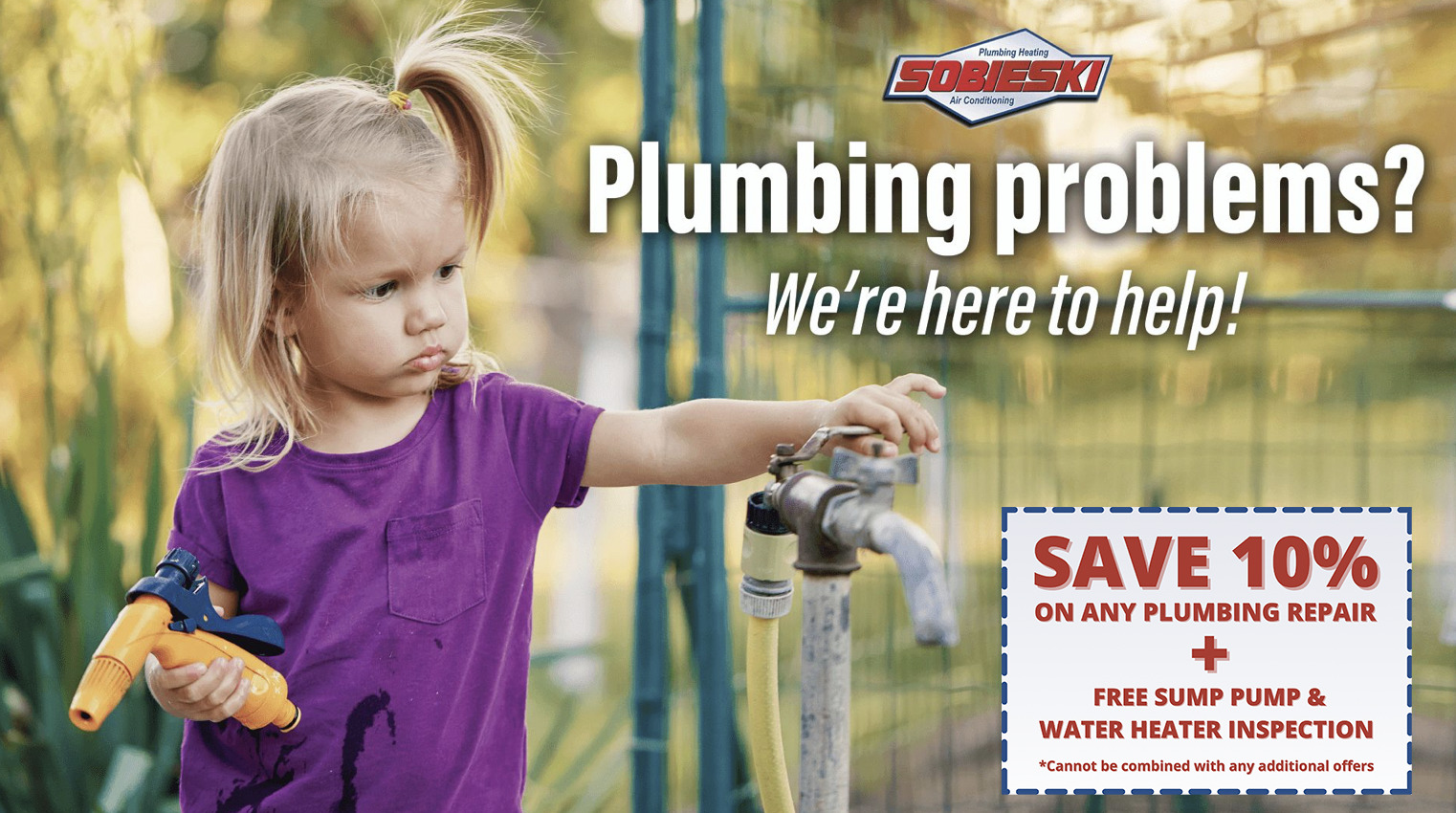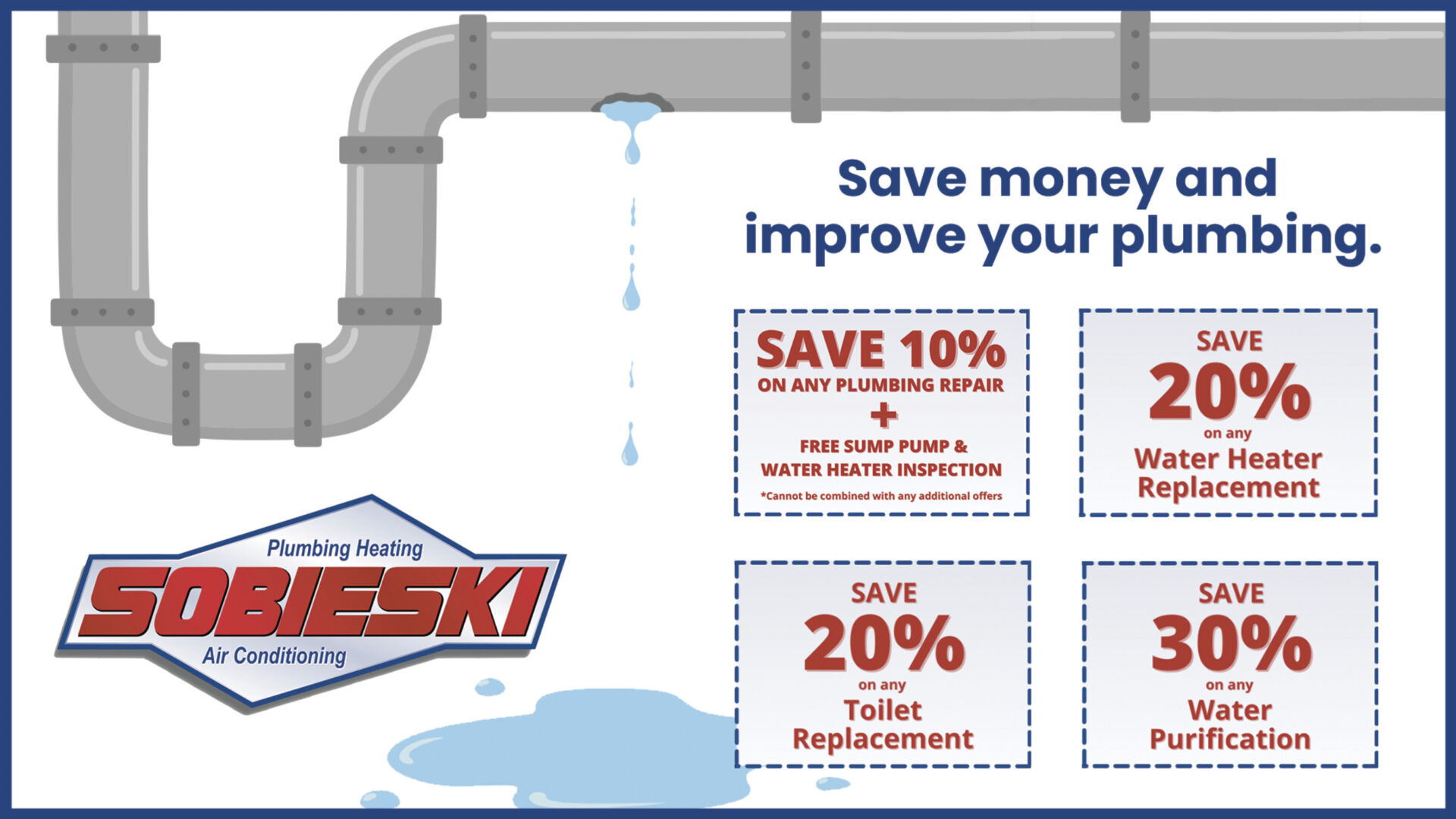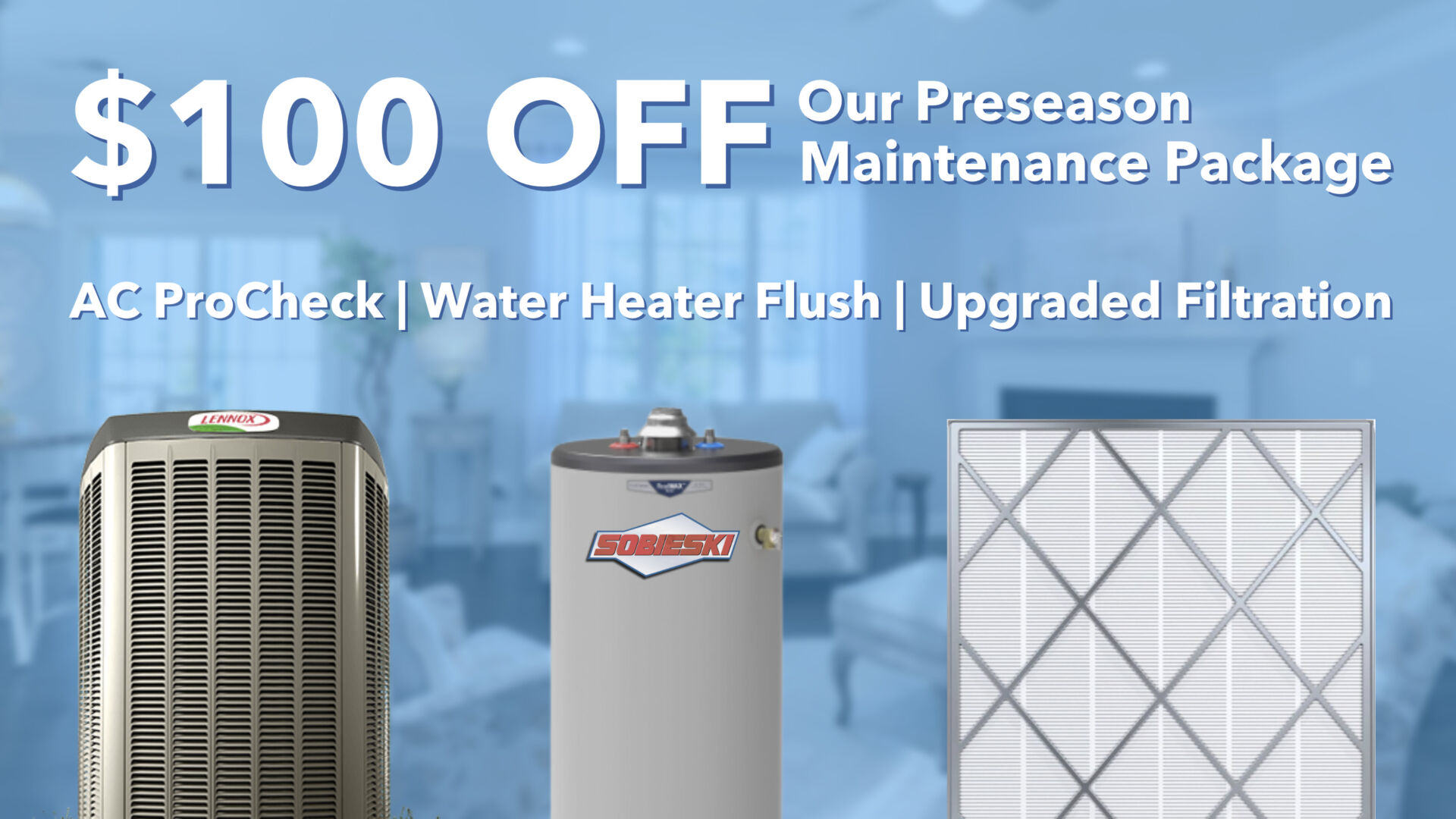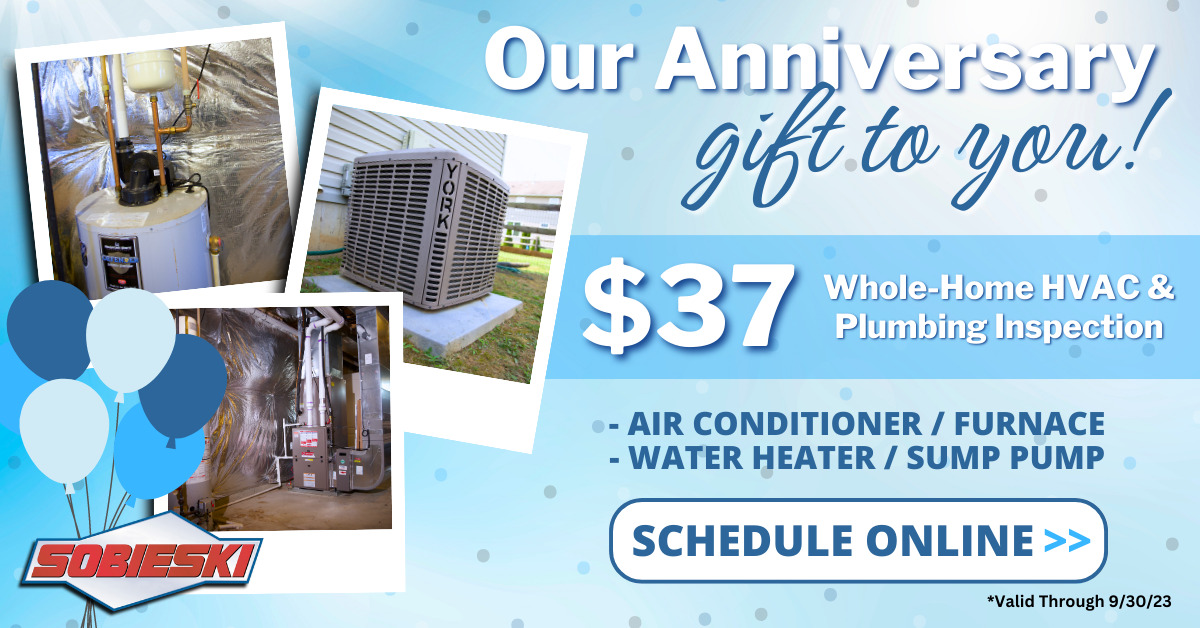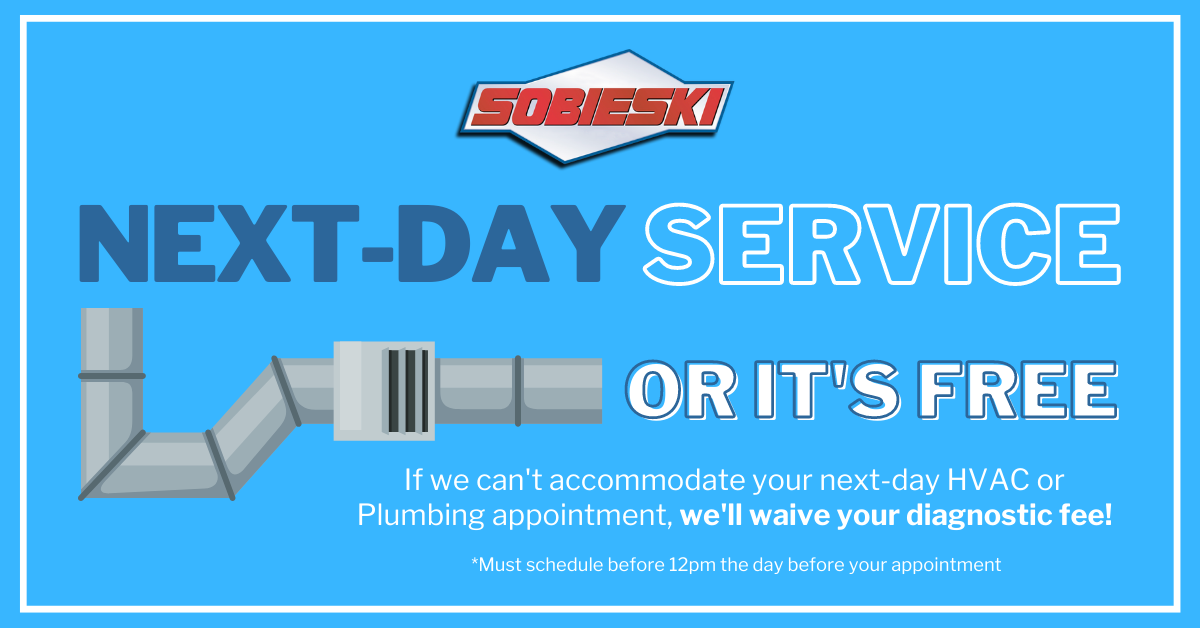Carbon Monoxide Detectors Keep Your Family Safe — Learn How
Households with any type of device powered by natural gas or propane, oil, coal, or any other combustion appliance should be equipped with one or more carbon monoxide detectors to alert all members within your home if the level of carbon monoxide becomes dangerous before actual symptoms begin to develop.
Because carbon monoxide is an odorless, tasteless and invisible gas that can quickly accumulate to dangerous levels and produce effects such as dizziness, light-headedness, nausea, and even death, an early warning system is critical to keep all members within your household safe. Carbon monoxide detectors are sensitive enough to detect low levels of carbon monoxide, giving your family enough time to exit your home before dangerous physical symptoms develop.
Carbon monoxide detectors designed to be wired into your home with a battery back up or a battery powered model supplied with a fresh battery twice per year are recommended to provide the best protection against carbon monoxide poisoning. Combination units detecting both carbon monoxide and smoke provide early detection against two of the most common household hazards; some models even have voice technology to alert you when a battery needs changing and when the unit itself is approaching the end of its lifespan.
In addition to installing one or more carbon monoxide detectors near any combustion device within your home, the following tips can help prevent carbon monoxide poisoning:
- Be sure to have all carbon monoxide producing devices professionally checked for leaks and any other problems at least once per year.
- Never use a charcoal grill, camp stove, or gasoline burning device anywhere within your home.
- Do not run your vehicle inside an attached garage, even with the garage door open.
- Be sure to properly vent any natural gas, propane, oil, or coal burning device within your home.
At Sobieski Services, Inc., our goal is to help our customers in Delaware, Pennsylvania, Maryland and New Jersey learn more about energy and home comfort issues – especially HVAC and plumbing issues – so that they can save money and live in healthier, more comfortable homes.
Photo Credit: Gruenewiese86 via Compfight cc
